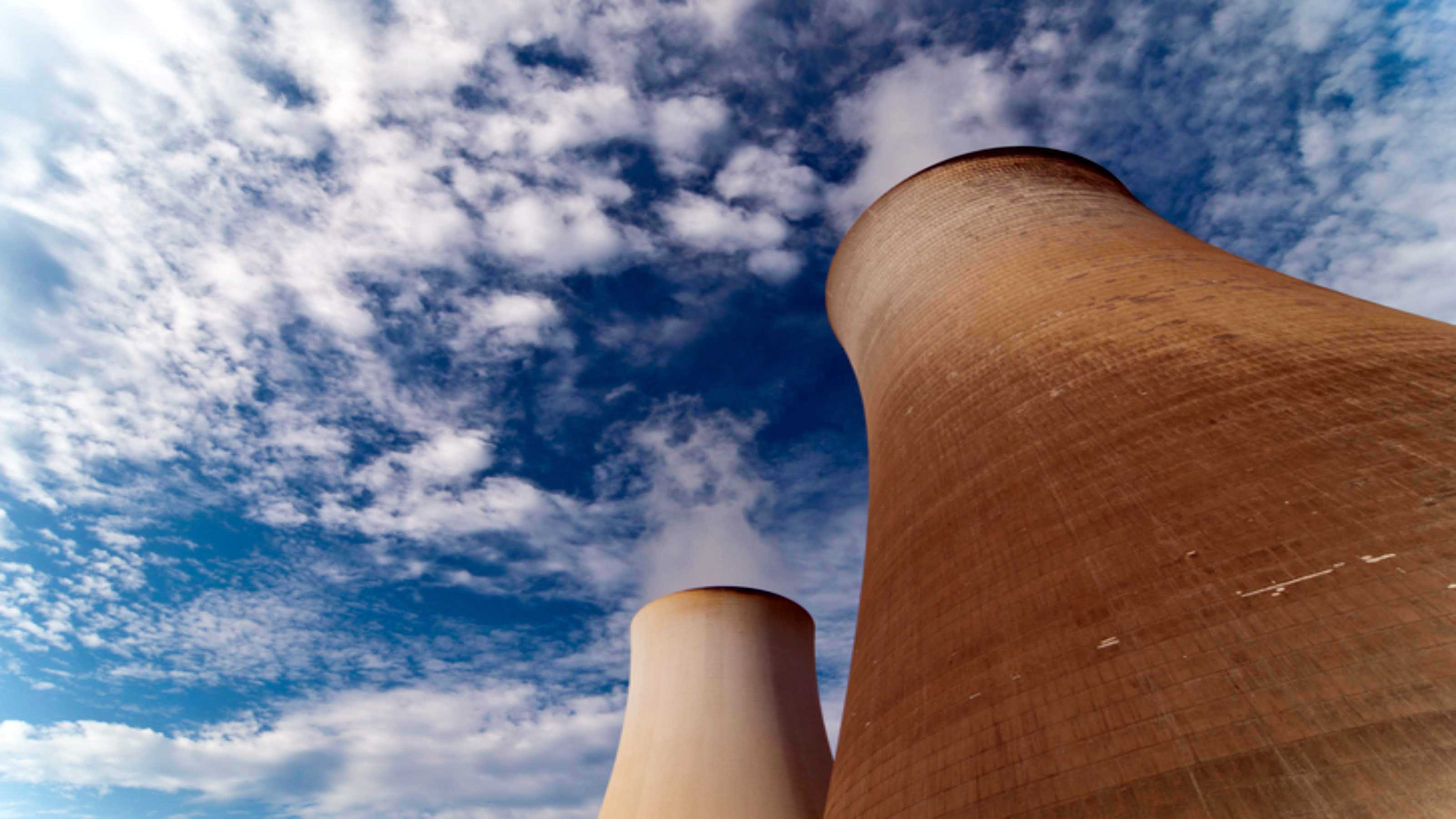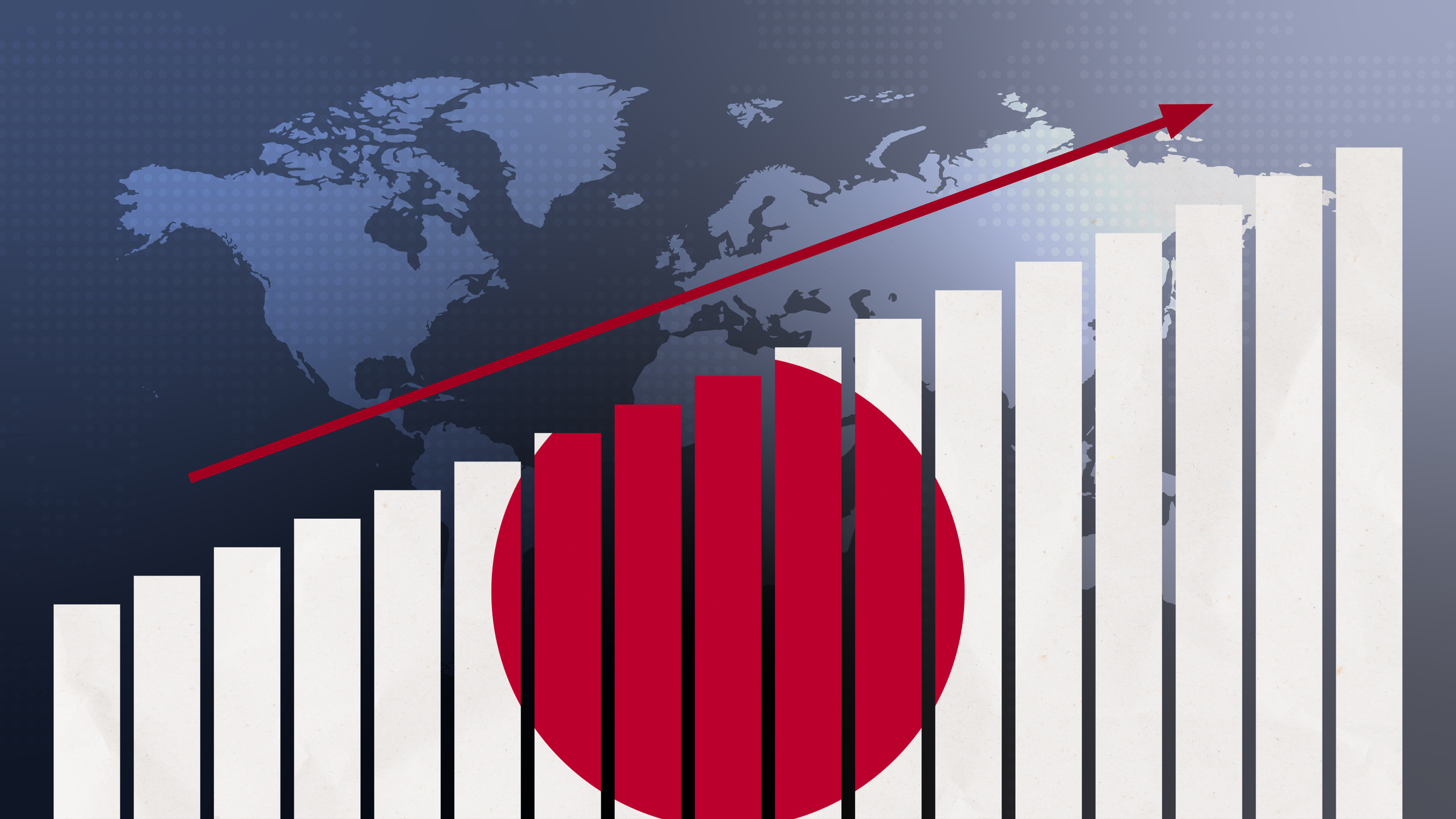New Emissions Limits to be Introduced: Kiplinger Economic Forecasts
Emissions limits are still many years away but there is doubt whether industries will be ready.


The way businesses and industries are regulated affects people and the economy. So our hugely experienced Kiplinger Letter team will keep you abreast of the latest regulatory developments and forecasts (Get a free issue of The Kiplinger Letter or subscribe). You will get all the latest news first by subscribing, but we will publish many of the forecasts online a few days afterward. Here’s the latest…
New emissions limits for fossil fuel-fired power plants are on the way.
The centerpiece of the Biden administration’s proposal is technology — specifically, carbon capture and storage, which is one of many ways regulators say that utilities can meet new emissions targets for gas and coal-fired power plants.

Sign up for Kiplinger’s Free E-Newsletters
Profit and prosper with the best of expert advice on investing, taxes, retirement, personal finance and more - straight to your e-mail.
Profit and prosper with the best of expert advice - straight to your e-mail.
The Environmental Protection Agency also includes “co-firing” on its list of ways for power plants to comply. This basically involves burning a cleaner fuel alongside the main one, such as natural gas with coal, or hydrogen with natural gas.
Initial requirements would not kick in until 2030 for coal-fired power plants and 2032 for natural-gas plants and would vary based on several factors, including the size of a plant, how often it runs, its expected lifespan and whether it is new or existing.
Will plants be able to meet these targets?
The goal is to give tech time to catch up with the administration’s goals. But it’s still unclear whether carbon capture and green hydrogen will be ready when that time comes. For example, only two commercial coal power plants now supplying the U.S. grid employ carbon-capture tech. No gas-powered ones do.
Critics say the rules would increase electricity costs and hurt grid reliability by forcing more retirements of dispatchable grid resources — those that can more easily adjust their power output based on consumer demand, which includes gas and coal.
The Biden administration expects retail electricity prices to increase by 0.2% by 2035, fueled by utilities spending at least $10 billion to meet the proposed requirements. Also unclear: whether these regs could survive the inevitable legal challenge.
This forecast first appeared in The Kiplinger Letter. Since 1923, the Letter has helped millions of business executives and investors profit by providing reliable forecasts on business and the economy, as well as what to expect from Washington. Get a free issue of The Kiplinger Letter or subscribe.
Get Kiplinger Today newsletter — free
Profit and prosper with the best of Kiplinger's advice on investing, taxes, retirement, personal finance and much more. Delivered daily. Enter your email in the box and click Sign Me Up.

-
 This One Area of Americans' Retirement Readiness Gets a Bad Grade
This One Area of Americans' Retirement Readiness Gets a Bad GradeMillions of Americans score poorly on retirement readiness due to this Achilles' heel. Are you prepared?
By Christy Bieber Published
-
 REAL ID Deadline: What You Need by May 7, 2025
REAL ID Deadline: What You Need by May 7, 2025Worried about needing a REAL ID soon? Learn more about the requirement, how to get your ID and valid REAL ID alternatives.
By Laura Gariepy Published
-
 What DOGE is Doing Now
What DOGE is Doing NowThe Kiplinger Letter As Musk's DOGE pursues its ambitious agenda, uncertainty and legal challenges are mounting — causing frustration for Trump.
By Matthew Housiaux Published
-
 A Move Away From Free Trade
A Move Away From Free TradeThe Letter President Trump says long-term gain will be worth short-term pain, but the pain could be significant this year.
By David Payne Published
-
 Trump’s Whirlwind Month of Crypto Moves
Trump’s Whirlwind Month of Crypto MovesThe Kiplinger Letter The Trump administration wants to strengthen U.S. leadership in the cryptocurrency industry by providing regulatory clarity.
By Rodrigo Sermeño Published
-
 What Could Derail the Economy This Year?
What Could Derail the Economy This Year?The Letter While the outlook for the U.S. economy is mostly favorable, there are plenty of risks that bear watching.
By David Payne Published
-
 Three Ways President Trump Could Impact the Economy
Three Ways President Trump Could Impact the EconomyThe Letter Some of Trump's top priorities could boost economic growth, but others risk fueling inflation.
By David Payne Published
-
 10 Predictions for 2025 from The Kiplinger Letter
10 Predictions for 2025 from The Kiplinger LetterThe Kiplinger Letter As 2025 arrives, here are our top 10 forecasts for the new year.
By Letter Editors Published
-
 Europe Faces Economic and Political Headwinds Next Year
Europe Faces Economic and Political Headwinds Next YearThe Letter Challenges for Europe: Potential tariffs, high energy prices and more competition from China will weigh on the bloc in 2025.
By Rodrigo Sermeño Published
-
 Don't Sleep on Japan's Economic Transformation
Don't Sleep on Japan's Economic TransformationThe Letter After almost three lost decades, Japan — one of the world's biggest economies — is finally showing signs of life.
By Rodrigo Sermeño Published